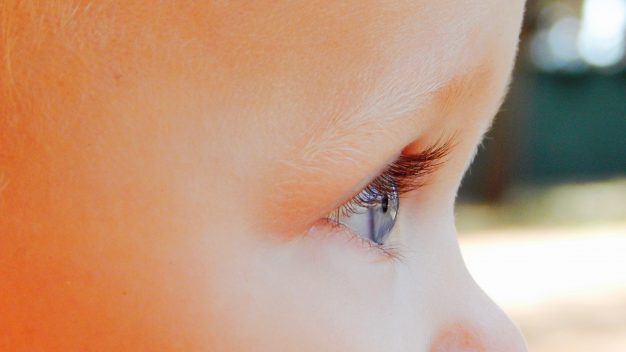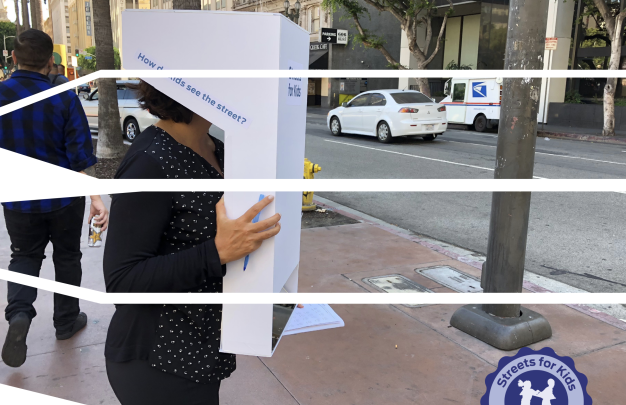
‘Up periscope’ – a DIY manual for how we can all see our cities through the eyes of a child
Seeing our surroundings through the eyes of children – that’s how you really understand the needs of young people in our cities.
And so that’s exactly what the Global Designing Cities Initiative is inviting you to experience – with the help of a home-made periscope.
The GDCI was established by the US-based National Association of City Transportation Officials to focus on how urban design can properly meet the needs of babies, children and their carers.
With this latest innovation, it wants to start fresh conversations about the very concept of child-friendly street design, by giving adults a chance to see first hand how very differently a young person experiences the sights, sounds and dangers of the urban world.
A heigh of 95 centimetres might not seem much but that, of course, is the reality experienced by countless numbers of children and young people, and so this new scheme is designed to bring adult users down to that size.

Anyone can have a go, thanks to the GDCI’s Reverse Periscope Companion Guide, which shows you how to make your own periscope using simple items you will find in most homes – namely some cardboard, mirrors, glue and sticky tape. You can also download and print stickers and other campaign materials.
‘How young people see the world’
“The DIY nature of the periscope is suited for those looking to learn remotely about child-friendly streets,” says the guide. Users, it says, can then share their experiences with an instructor or their peers through any method they wish, from video diaries to photos to group discussions.
The reverse periscope is the latest part of the GDCI’s Streets for Kids programme, encouraging city planners to ‘experience obstacles and attractions of city streets from a child’s perspective’. is supported by a number of organisation dedicated to improving the lives of children, including Bloomberg Philanthropies, the FIA Foundation, the Fondation Botnar, and the Bernard Van Leer Foundation, which is a big user of the ’95 cm view’ through its Urban95 programme.
This new guide also features case studies from across the world where the reverse periscope has already been tried out, including students in Lima, Peru, travelling to a school for children with disabilities, and a non-profit body in Bogota, Columbia, exploring the usage of street signs. One of the users in Bogota noted how normal SUVs ‘looked like monster trucks’, and how their ability to estimate speeds and distances was affected.
Click here to download the Reverse Periscope Companion Guide.
Keep track of users’ experiences on social media using the hashtags #StreetsForKids & #Periscope




